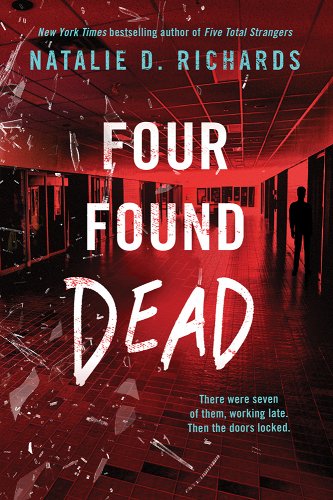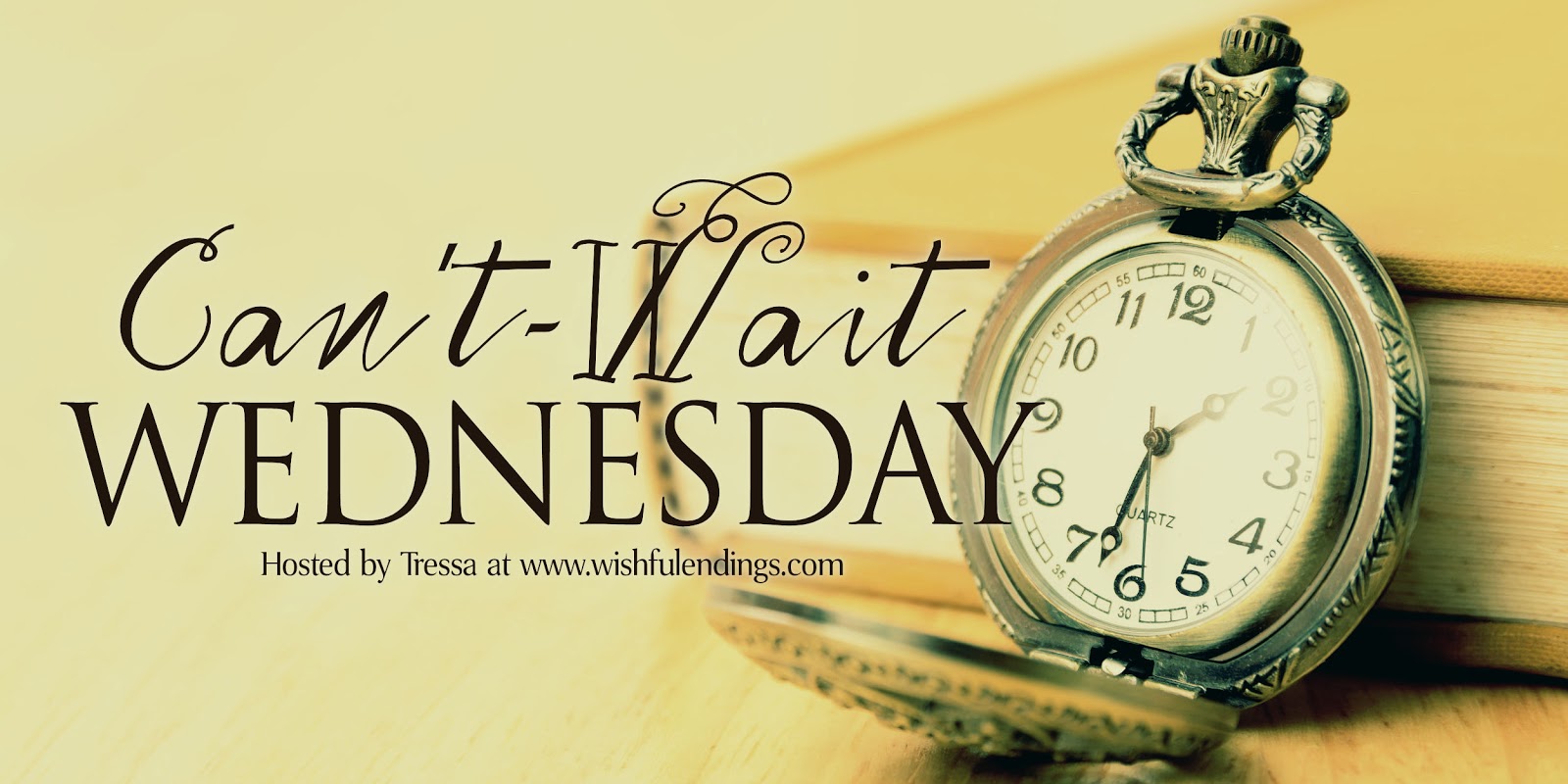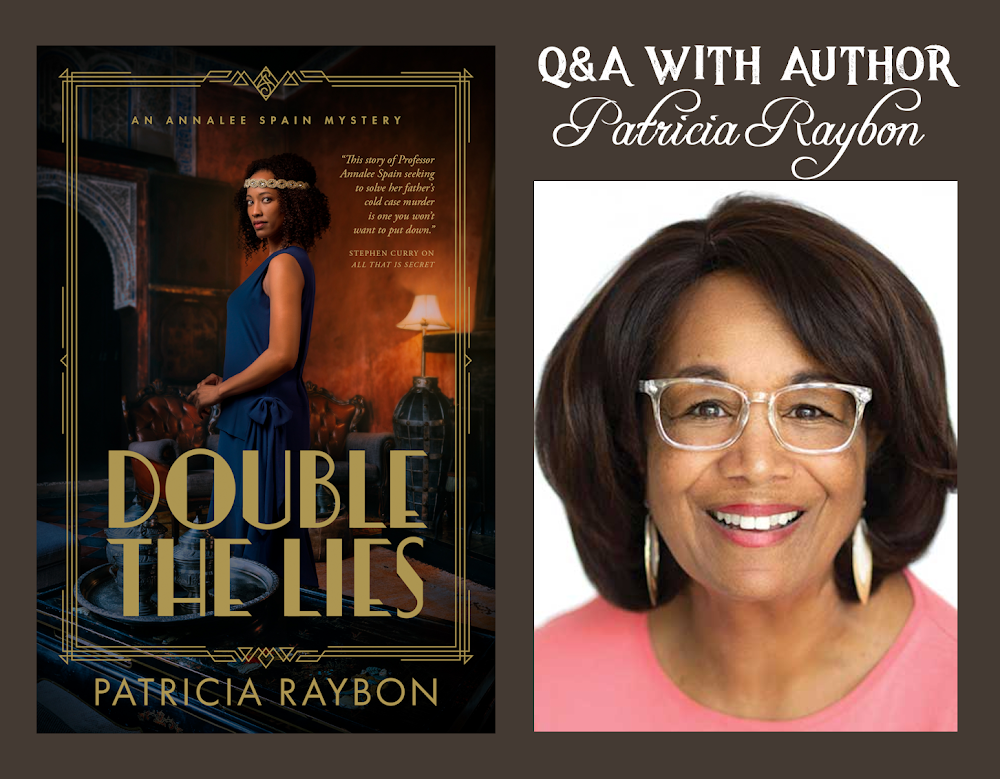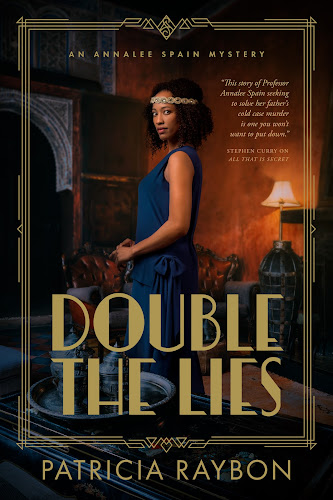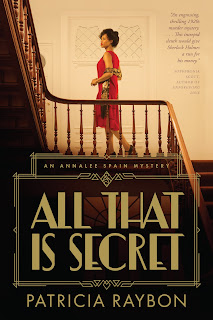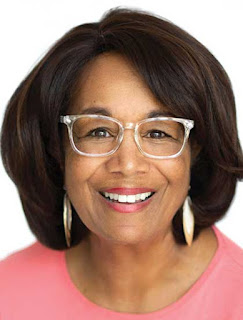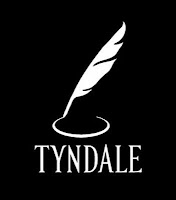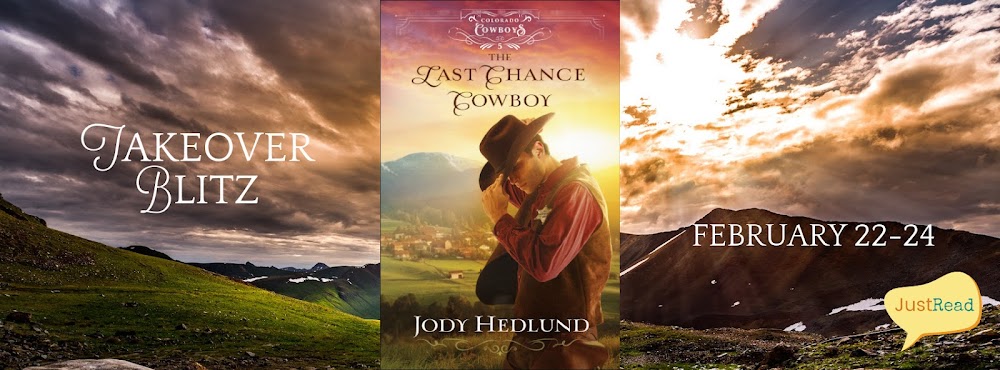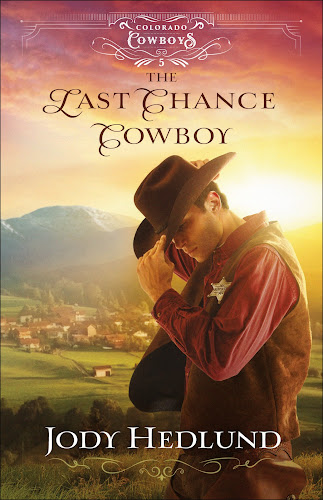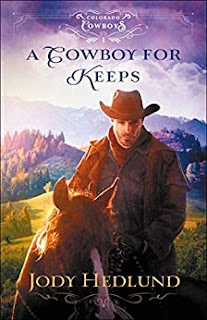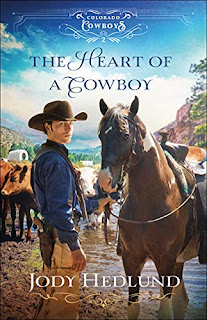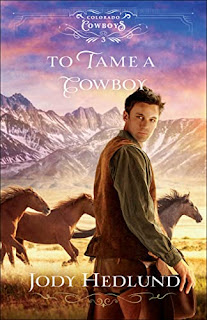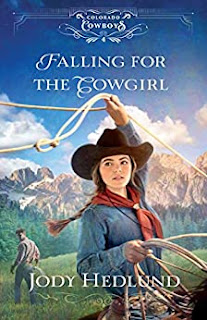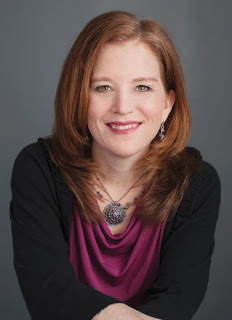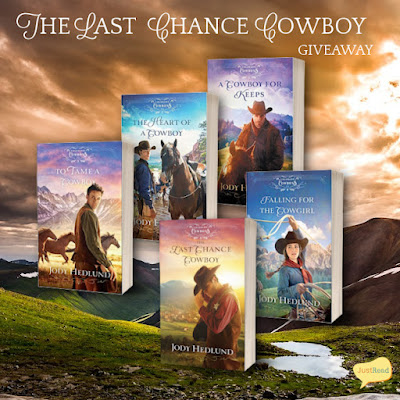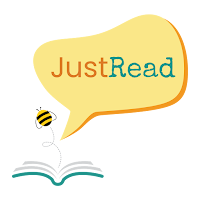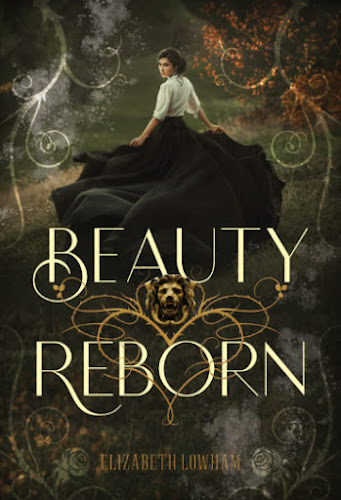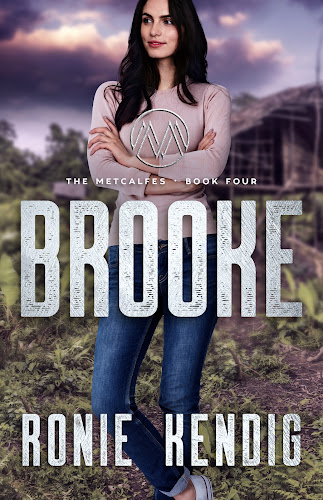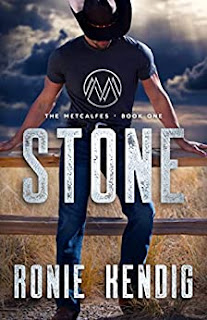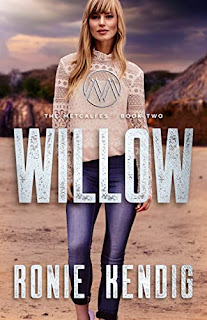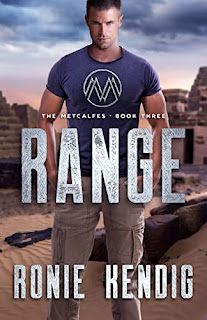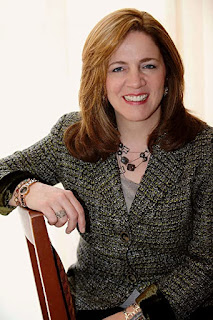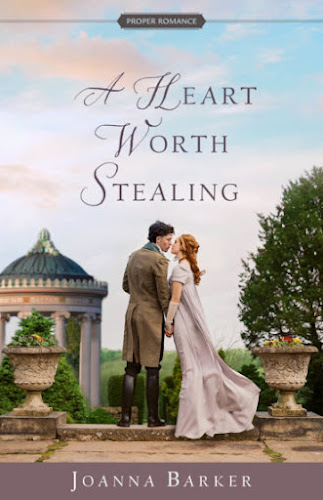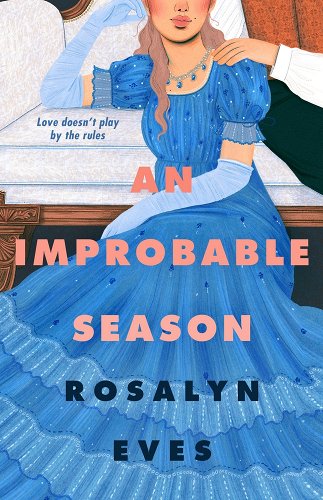Author Interview
1. After the critical and popular success of your first novel, All That Is Secret, how did you approach writing Double the Lies? I dreamed, plotted, and wrote with fear and excitement. I’d been warned that book two of a series tests most authors. First, fans of book one have certain expectations. They’ve fallen for the characters and want to see more of them in a similar situation. A braver approach, I learned, is to drop characters into a brand- new story—something readers don’t see coming. So I allowed a surprising new predicament—one I didn’t see coming either. Fiction allows these detours. As I surrendered to those swerves and curves, I found myself enjoying writing book two, and I pray Annalee Spain fans enjoy reading it.
What themes do you explore in Double the Lies? The taut tension between truth vs. lies is the core theme. Annalee battles people who lie, both in high and low places, but comes to realize how lying—especially to herself—may be her weakness, too. She'd come to think that Jack, the young pastor, was the one with the lying problem in book two—or even on a larger scale, that the Klan and its lies represented falsehood in her world. As the story unfolds, however, she has to confront her own ability to lie when it's convenient— but don’t we all? The story invites all of us to examine that tendency in ourselves.
In these times, when truth is often a pastiche of revisionist untruths—tainted with conspiracy theories or bans against studying the full truth of human history—
Double the Lies dares to argue that truth matters, especially if we're willing to unearth it and talk about it.
In that way, the truth of racial injustice also continues to operate as a real-life theme in the Annalee Spain Mysteries. In Double the Lies, one of the characters is a wealthy Jewish banker whose family story is heavily impacted by the anti- Semitism they encountered going back generations. That religious hate rears its head again as the banker, Simon Wallace, finds himself a target of Klan-led efforts to thwart his plan to help the city of Denver finance a new municipal airport. When Wallace concocts a scheme to outfox the Klan, he and his family pay a high price, as Annalee's sleuthing finally reveals.
What kind of research did you do while writing Double the Lies? I’d read several biographies of famed barnstormer Bessie Coleman, the first female pilot of Black and Native American descent to be licensed to fly. In
Double the Lies, I’d planned for Bessie Coleman to make an appearance. But when my fictional pilot Buddy Mann emerged and, to my surprise, showed romantic interest in Annalee, I followed that thread, learning more about America’s anti- miscegenation laws banning interracial marriage as a criminal offense.
During the time of
Double the Lies, all but nine states in the US had passed such laws, with thirty of the then forty-eight states—including Colorado—enforcing them. In 1957, however, Colorado’s legislature repealed its law as unconstitutional. Ten years later in 1967, the US Supreme Court, in the famed Loving vs. Virginia decision, unanimously overturned any anti-miscegenation statutes still in effect, at that point, in sixteen Southern states.
As for interracial adoption—another issue arising in the Annalee Spain Mysteries (because of Annalee’s friendship with the young white orphan Eddie Brown Jr., who wants to join her in a family), I learned that formal legislation to protect that right in the US wasn’t passed until 1994 with the Multiethnic Placement Act. Meantime, I dove into history of Sephardic Jews, whose past informs the plot in
Double the Lies.
I'm enjoying the process of learning about historical incidents and situations in the time of my novels by following plot twists involving my characters. I hope to continue the process in the third book in the series as well.
As your story developed, did any characters surprise you, or did the storyline unfold in surprising ways? Surprises galore, yes. I'd planned on a twisty mystery about my amateur detective Annalee Spain being forced to solve a curious murder because, if she didn't, the Klan-run police in Denver would blame her for it. Then, out of the blue, the brother of the murder victim—a dashing young pilot who is white—fell head over heels for Annalee, taking the story in a completely new direction. The twist surprised me because I'd already established, in the debut story
All That Is Secret, Annalee's budding if complicated romance with a handsome young Black pastor, Jack Blake.
The young white pilot, however, presented an intriguing complication, especially during the time of my mystery—the dangerous Klan era in Colorado in the early 1920s. So I followed that bread crumb to see how the relationship between Annalee and the pilot, Buddy Mann, would impact the overall direction of the series, including her relationship with Jack. Who would she choose? And why? Those became intriguing questions for this second story.
Which scene in Double the Lies did you most enjoy writing? I'm enamored at this point with scenes where Annalee is wrestling with her life, faith, flaws, friendships, and destiny, inviting my own self-exploration—providing me opportunity to test long-held beliefs about real life and living faith as I craft and follow her fictional journey. She has several such scenes with the pilot Buddy Mann, the pastor Jack Blake, the banker Simon Wallace, and even with the revealed villain of the story. Life presents complicated challenges. I love those scenes where Annalee is wrestling in real time with that.
How does faith play a role in this story? As a young theologian who’s a follower of Christ and a student and reader of the Bible, Annalee makes choices and actions informed by what her heart and mind accept and believe. It’s not her style, however, nor the way of the novel, for her to begin “preaching” or making doctrinal proclamations. Instead, she’ll ask questions of the pastor Jack or query her aging friend Mrs. Stallworth or other seasoned ladies in the story, or even young Eddie Brown Jr., who’s only twelve years old. Her questioning nature has proven popular with readers. They love her spiritual wrestling because most of us, if we’re honest, struggle with similar uncertainties ourselves—even while trusting that God, in our searching, will reveal the answers.
What can readers learn from your protagonist, Annalee Spain, in Double the Lies? I didn't see it at first, but Annalee Spain invites readers, through her fictional journey, to personally meet a young woman of color, engage with her life story, understand her lived reality as a target in a prejudiced world, and surrender to cheering for her—both to solve mysteries and to discover an affirming path in her life.
I’ve been buoyed during book club discussions to hear white readers identify with a young Black female protagonist and hear them rooting for her—and thus for all women of color fighting to stand and thrive—while these readers also bravely explore racism, sometimes even their own. Fiction is amazing like that. It lets us look safely at hard, scary things.
What made you want to write historical mysteries? What is it about that genre that you enjoy? I'm passionate about history, Black history, and historical fiction—that is, making sense of the past to provide context for the present.
So when I meet with book clubs and other groups, I've been speaking candidly about personal life experiences that feed my hunger to write a story like Annalee's. As I’ve shared with others, I grew up under Jim Crow segregation (experiencing it firsthand while visiting family in the South) and de facto segregation in Colorado where I grew up.
The trauma of seeing Black children lynched and killed in church bombings—and denied basic civil rights and justice—has not fully faded. As I share this history, along with stories about my upbringing in the Black church, book club members are inspired to share their own stories and memories about racial injustice (or their ignorance of it), making our discussion about a mystery novel richer, deeper, and more engaging. As William Faulkner wrote (in Requiem for a Nun), “The past is never dead. It’s not even past.” Exploring that reality helps readers join Annalee in fighting pushback against racial truth, healing, and harmony that we still see in our country.
I never imagined that Annalee's story would inspire such deep conversations about race in America. As I've leaned into this opportunity to encourage such conversations, I've gained a greater appreciation for the power of fiction to challenge and change hearts and minds, starting with the author's and impacting the views of people far and wide. I just heard from a reader in South Africa who read
All That Is Secret and thanked me for it.
What I’m seeing is that people aren’t fragile. They're willing to dive deep into these topics and cheer the idea that a mystery series takes on some of these issues, too.
What is your hope for Double the Lies?
That it continues to inspire honest conversations about racial dynamics in the world while igniting fresh commitment in readers to help heal our racial divisions. I’ve always found it curious that some think talking openly about race relations is divisive, or a taboo. In my experience, it’s not talking openly that keeps people insensitive and ignorant about each other’s lived realities and stories. I’m praying that
Double the Lies helps keep these vital conversations going.
What's next for Annalee Spain? Can you give us a sneak peek at the third book of the series? In the summer of 1924, a beautiful young stranger is found dead during a highbrow political garden party in Denver’s most exclusive corner of Five Points, the city’s Black community. Annalee’s search for who this poor-looking young woman is—and who killed her and why—finds the amateur sleuth and her friends fighting to unravel lowbrow connections to an upper-class intrigue where secrets lay buried in every corner of the city.
